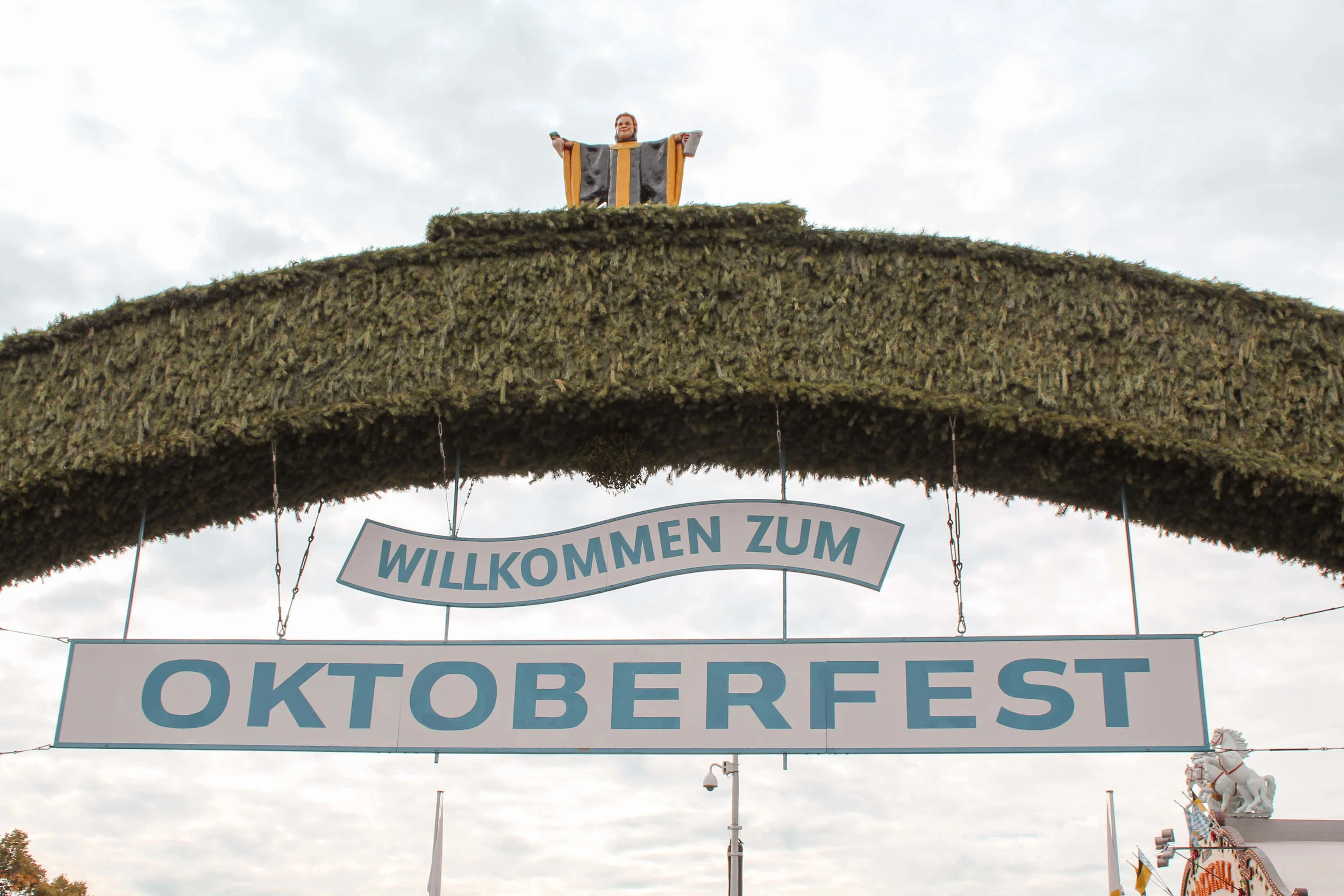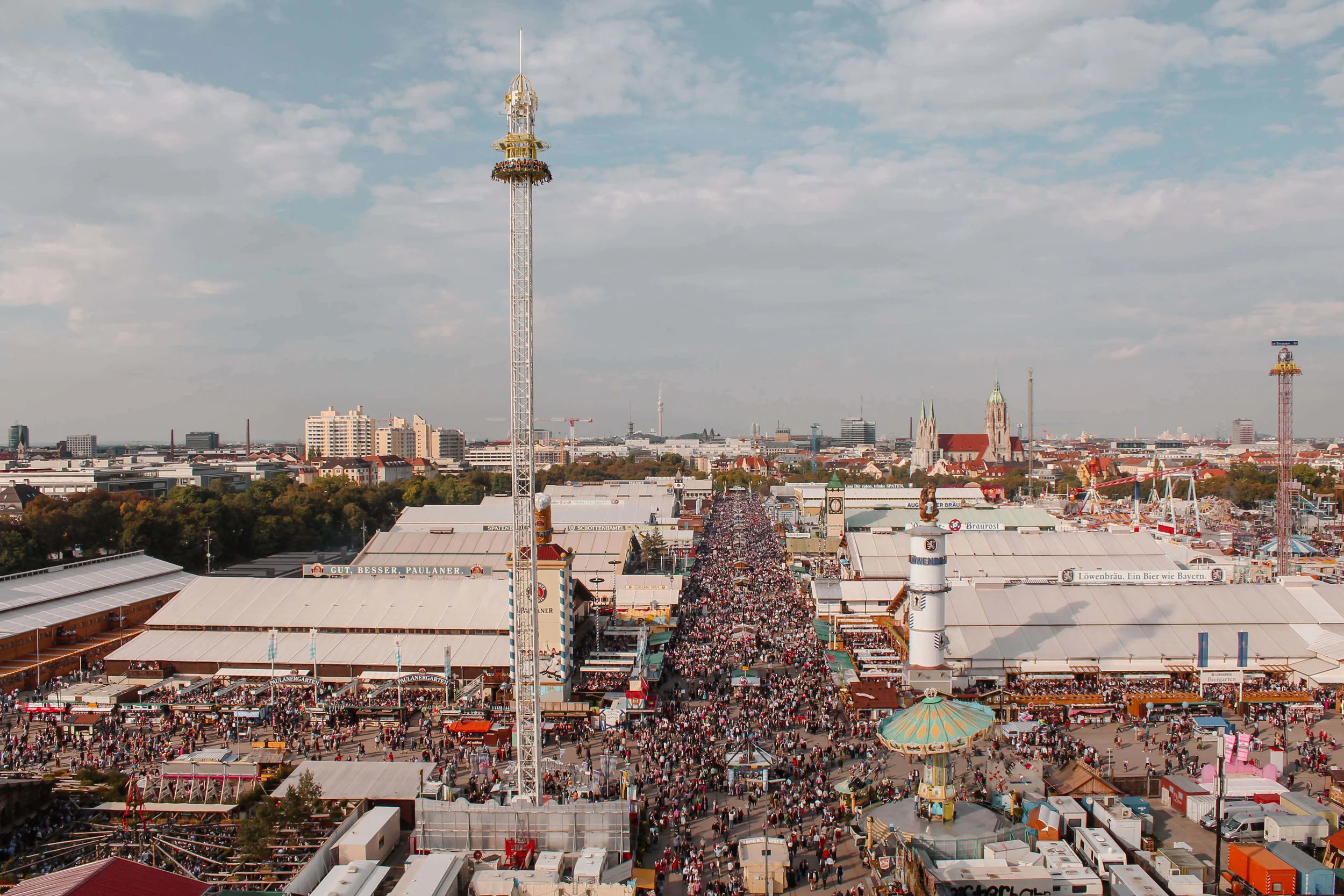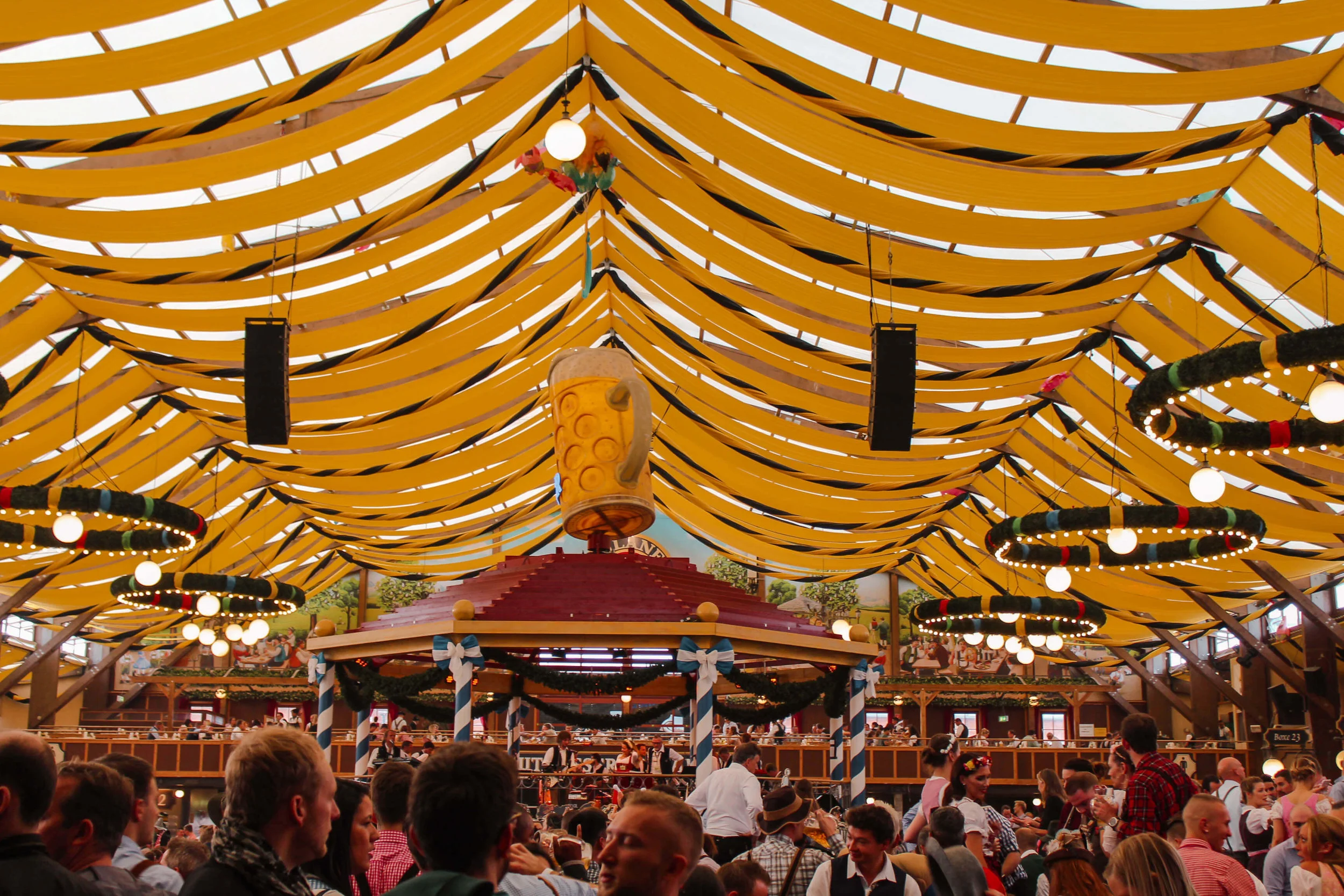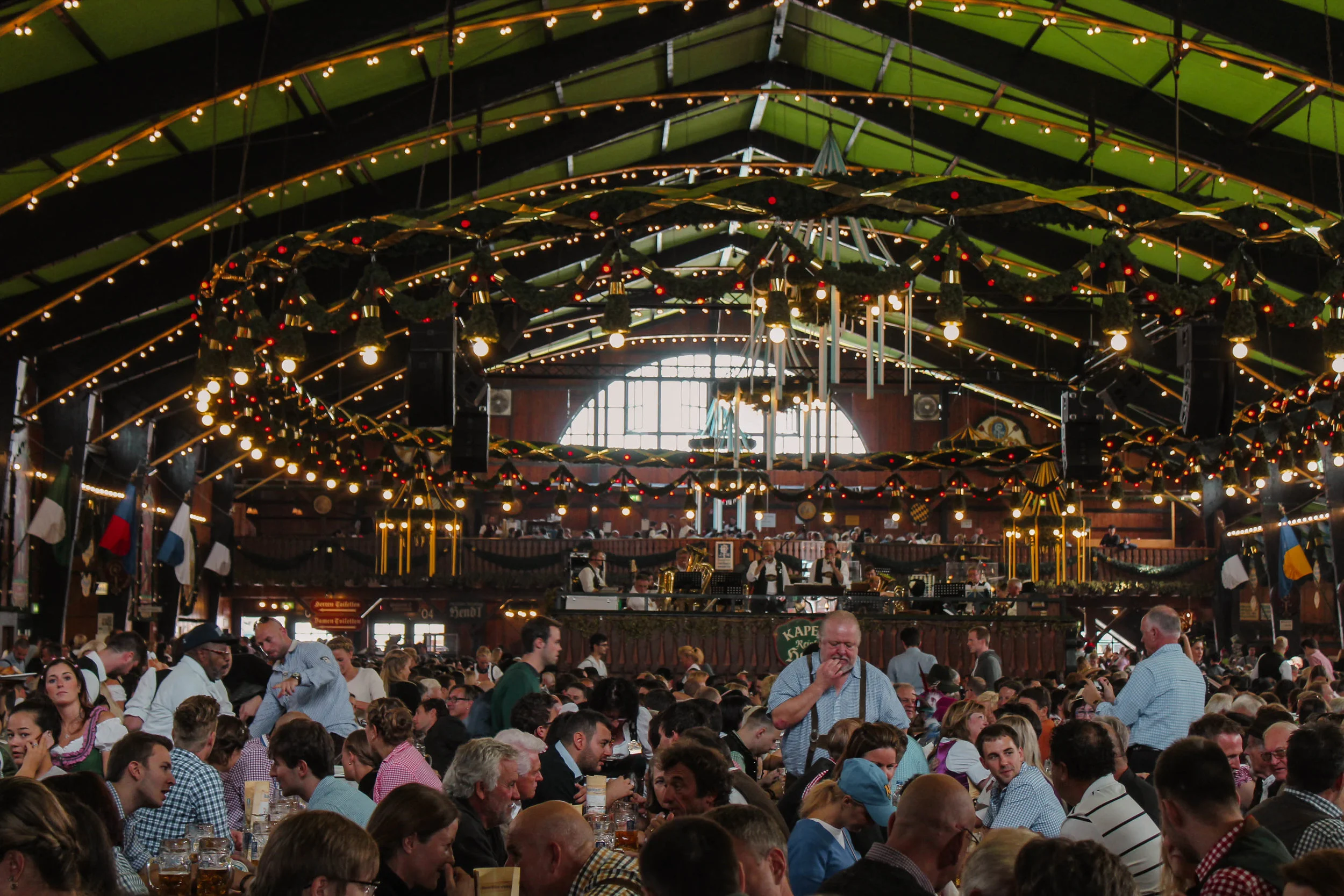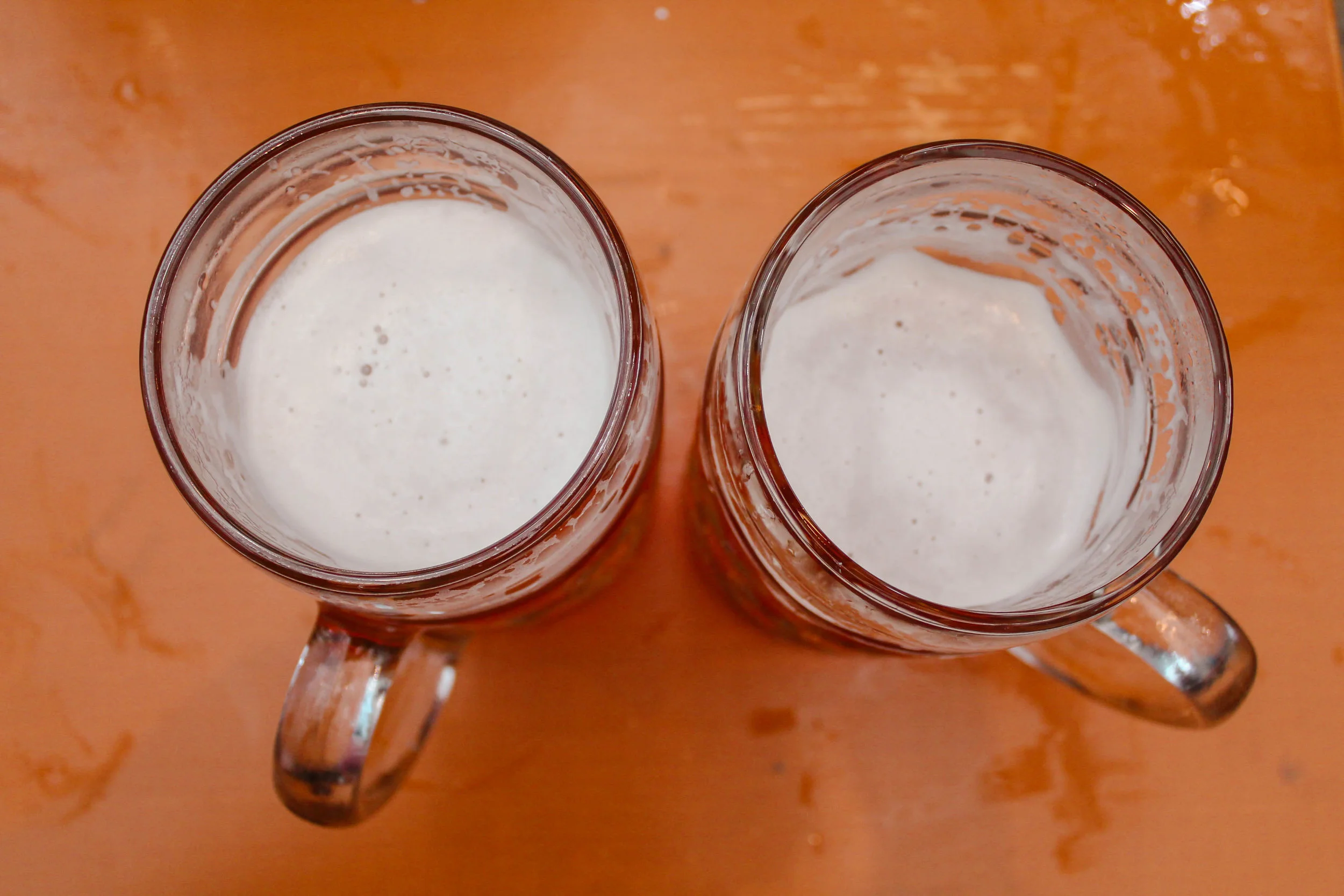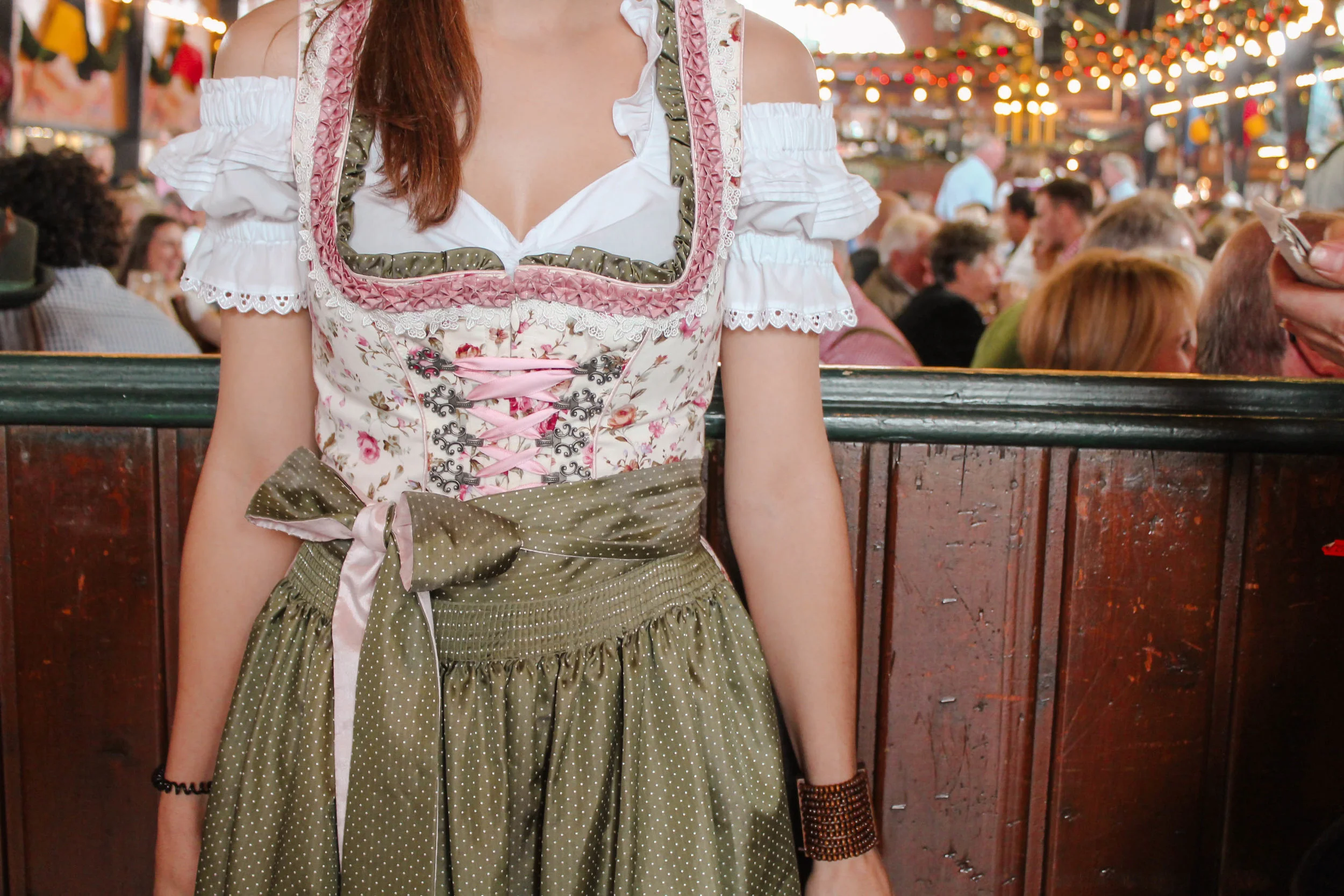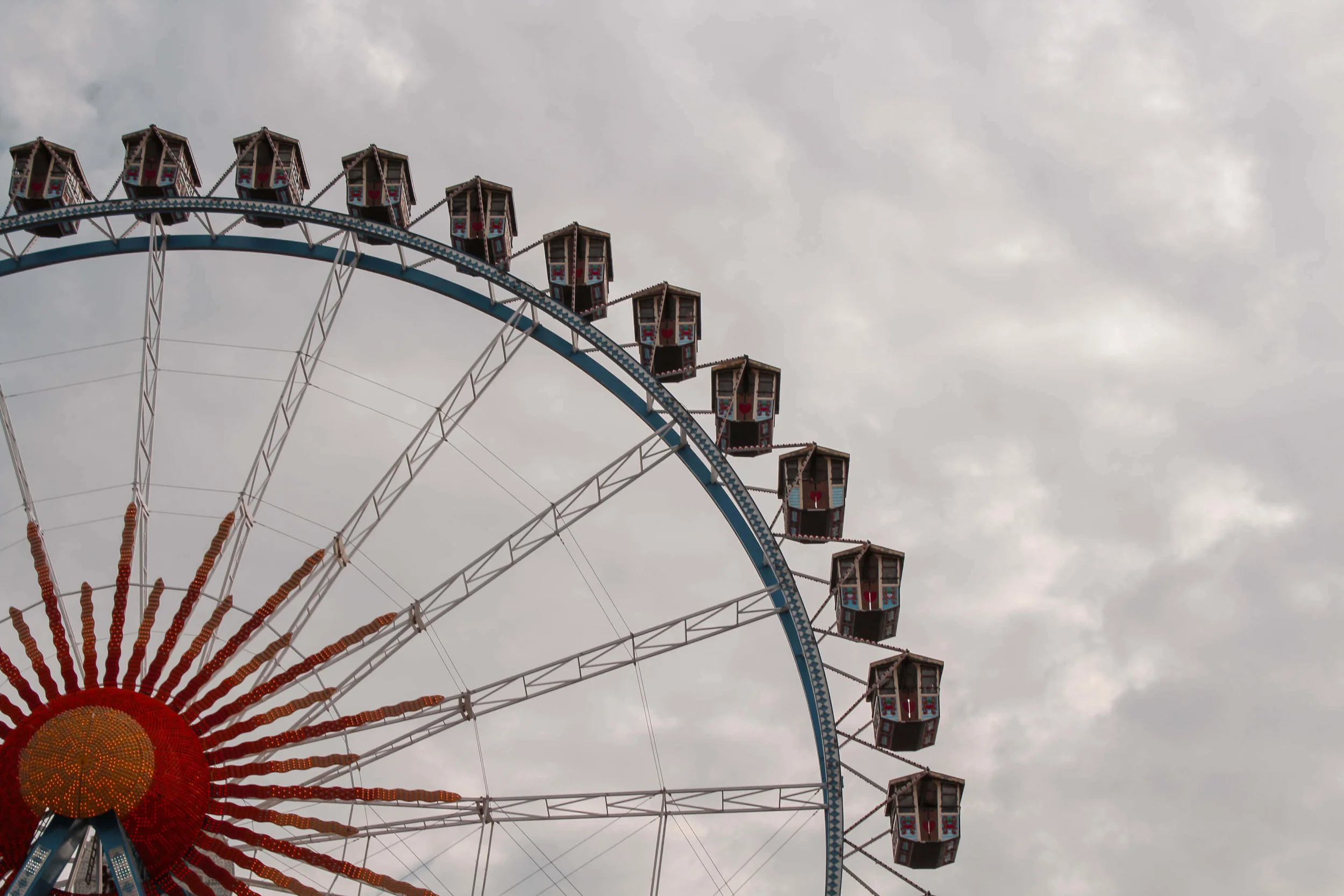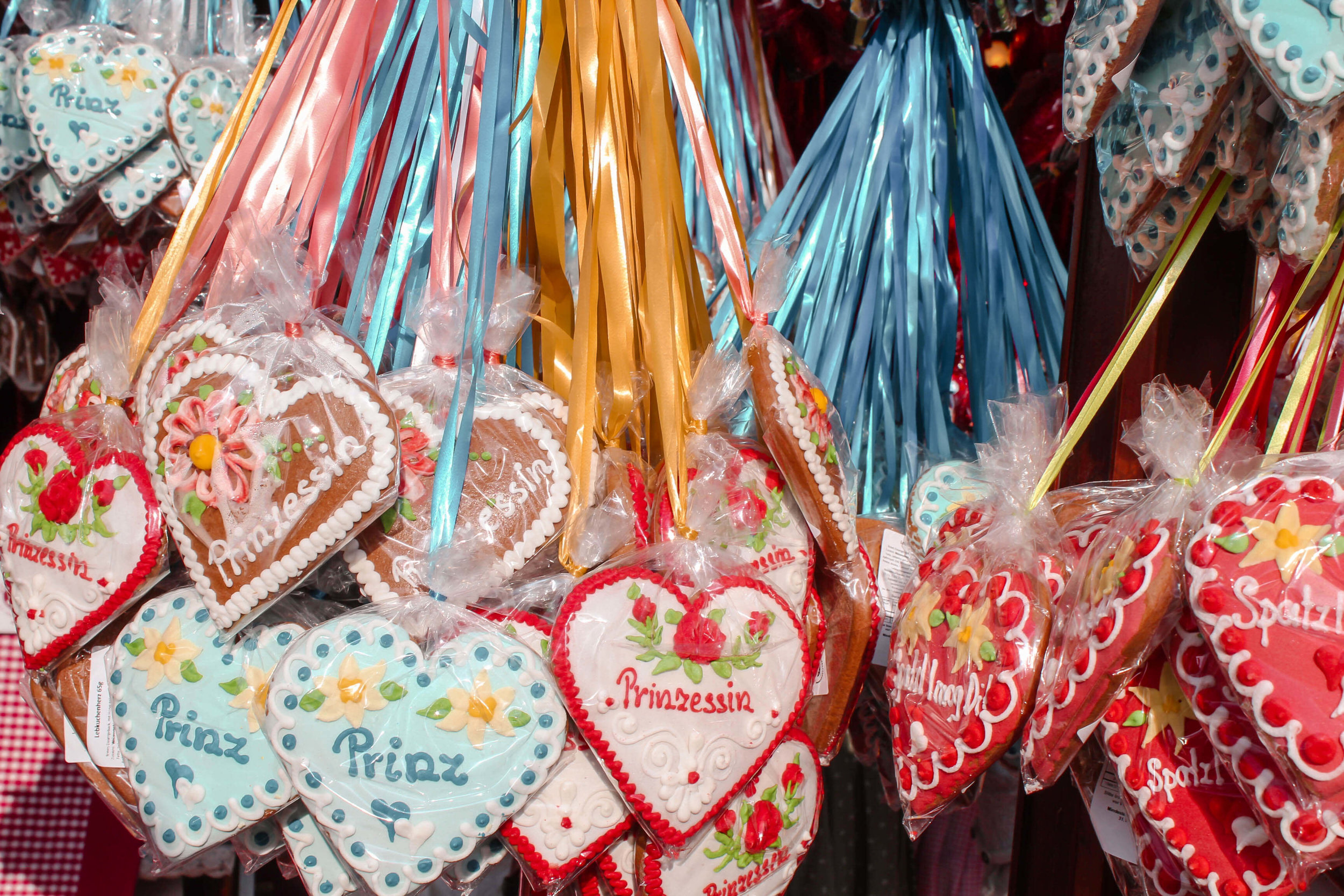It's this time of the year! As a Bavarian, Oktoberfest is practically a must! For me, it is not only a great opportunity to dive back into Bavarian culture, but also to meet my family and friends as I still know a lot of people who live in this area. After having lived in San Francisco as an expat last year, I am now even more excited that I am back in the motherland to attend it this year!
In this post, I want to share my Ultimate Guide to Oktoberfest with you, so you'll know what to expect if you have never been. Find all the important information you need to know when visiting Oktoberfest!
What is Oktoberfest?
Oktoberfest originally started out as a wedding celebration of King Ludwig I in 1810. The royals held a horse race at Theresienwiese, an area used for large festivals in Munich. Up to this day, this is the location where we celebrate Oktoberfest every year. As the wedding celebration back in the day was a huge success it was decided, that the event should be continued. And voilá: Oktoberfest was born.
Since then it became one of the world's largest parties with more than 7 million visitors every year over a total of 16 days.
When is Oktoberfest and how do I get there?
Contrary to wide beliefs (and the name duh), Oktoberfest actually isn't celebrated in October but in September. For all you haters out there: it was held in October originally but due to weather and light conditions it was eventually moved to September. The exact dates change every year but it usually takes place in the last two weeks of September and ends within the first days of October.
2017: September 16th – October 3rd
2018: September 22nd – October 7th
2019: September 21st – October 6th
2020: September 19th – October 4th
As mentioned above, Oktoberfest still takes place at the Theresienwiese, which is located in the city of Munich. That is why I would not recommend coming by car. It's super easy to reach the location with public transportation (station ‘Hackerbrücke’ or ‘Theresienwiese;’) as it literally is in the city. You basically can't get lost on your way there - when in doubt, just follow the Lederhosen (really - it works).
When and how do I get in?
Entrance to the festival area is free and also the tents are free of charge. Only the Historical Oktoberfest (‘Oide Wiesn’) has an entrance fee of 3€. Everything you order or buy inside though is charged separately. So if you order a beer at your table, you immediately pay for it. Also: CASH ONLY for all purchases.
The tents are open between 10 am to 11.30 pm during the week and between 9 am and 11.30 pm on the weekends and holidays. The last call is usually one hour prior to closing. The amusement rides run from 10 am to midnight.
Which tent should I go to?
There are 14 big tents (and a couple of smaller ones), which are all supplied by Munich's six largest breweries (so yes, everywhere the same beer): Augustiner, Hofbräu, Spaten, Löwenbräu, Hacker-Pschorr, and Paulaner. Each tent is different with different decor and sizes. Also, some tents attract different types of people and age groups so they each have their own atmosphere. Mind you - if we speak of tents we don't mean tiny tents with low ceilings. It's more like warehouse-size tents that can hold up to 10,000 people! The most popular tents are the Bavarian Heaven (tent of the brewery Hacker-Pschorr) and the Winzerer Fähndl (tent of the brewery Paulaner). My favorites however are Schützenfestzelt, Schottenhamel, and Bräurosl - they're not too touristy, lots of young people go there (but not too young) and it's just always a great atmosphere.
However, it might be hard to get into a tent as the lines at the entrance can be endless. So you might want to pick the tent which offers the best chances to get in at all. Once you have a seat a waiter will come and you can finally order beer and food. You won't be served if you don't have a seat!
So Then How can I make sure to get a table?
If you can, arrive early or plan your visit during the week since it won't be as crowded. Many of the tables will be reserved in advance too so you might want to consider making a reservation as well. But mind you, tents start accepting reservations at the beginning of every new year and they fill up quickly. You will also have to book an entire table for no less than 10 people. Therefore, you will be required to buy food and drinks of a certain value, depending on the day, time and tent. Once you make a reservation, you receive coupons and vouchers that can be redeemed inside the tent upon arrival. That is why usually only large groups of people or companies make table reservations.
As up to 50% of the tables can't be reserved, you can definitely try your luck and just show up! First come, first serve. I came on a busy weekend this year but went quite early on a Friday so I didn’t have a problem getting into several tents during the day. As reservations mostly start at 3 pm you can sit at most tables before that anyways. At some point though it really gets tricky so you might want to consider twice before you give up your seats.
What do I eat and drink?
Once you have a table, you can order drinks and food. The 6 breweries in Munich provide Oktoberfest with their own special "Oktoberfest beer", which is stronger than normal with 6% alcohol. Each beer is served in a large 1-liter mug called "Maß" and costs around 10€. All tents offer other drinks, too, including non-alcoholic beer and drinks. Keep in mind that the beer is really strong. Of course, there are stronger beers out there but don't forget that it's a 1-liter mug (almost 34 ounces)! After two Maß I've had my fair share for this year.
Each tent also offers traditional Bavarian cuisine like grilled chicken ("Hendl"), white sausage ("Weißwurst"), pretzels ("Brez'n"), or grilled fish on a stick ("Steckerlfisch"). Other than traditional Bavarian food you won't be lucky when it comes to food.
Definitely tip your server - but their effort is obvious if you see them carrying 8 mugs at once at all times!
What should I wear?
As a Bavarian my answer is: definitely Tracht, the traditional clothing worn by Bavarians as well as by tourists. Traditional Lederhosen (for the guys) and Dirndl (for the girls) range between 80€ up to - well, probably 1000€ if not more. It is not mandatory to wear it but definitely more fun (makes for great pictures and souvenirs, too). There are many different Trachten shops in Munich. You can find affordable ones at bigger warehouse chains such as C&A. I love that also tourists like to wear the traditional outfit at Oktoberfest. As probably up to 80% of the visitors wear Tracht, you might even feel out of place if you don't.
Is Oktoberfest all about beer and drinking?
Well - mostly. But for some good ol' fun that doesn't involve beer, there are dozens of different rides at Oktoberfest, too! Such as The Ferris Wheel, which definitely offers the most amazing view over the Oktoberfest and Munich, The Teufelsrad and The Toboggan which are the oldest rides at Oktoberfest. For the old school guys among you, there are also Bumper Cars!
Besides riding fun rides you can also purchase a lot of different things at Oktoberfest - including ginger hearts in all sizes. My tip for a nice souvenir: a custom-made wooden clothespin. It's handy and you can request your name or whatever you want it to say and they make it in no more than two minutes.
Anything else?
Here are some language basics you will find very helpful for your visit to Oktoberfest:
Hello / Goodbye: Servus (bavarian)
Thank you: Danke
Please: Bitte
Stein of beer: Mass
Cheers: Prost
For more information visit the official Oktoberfest website: Oktoberfest.de
Have you ever been to Oktoberfest? If so - did you like it? As a Bavarian I think it is a great event but what do you think if you're not from the area?
Kate recommends: An Oktoberfest visit just goes perfectly well with an adorable copy of This is Munich by M. Sasek. Yes, I know, it's a children's book but the illustrations are just so brilliant that I think it's a good read for everyone! Even though the book was first published in 1969 the images are well preserved and the facts were updated for the 21st century - so you'll learn a lot of interesting facts while enjoying the art! It's a unique introduction to the ancient Bavarian capital complemented by entertaining pictures and snappy comments.


